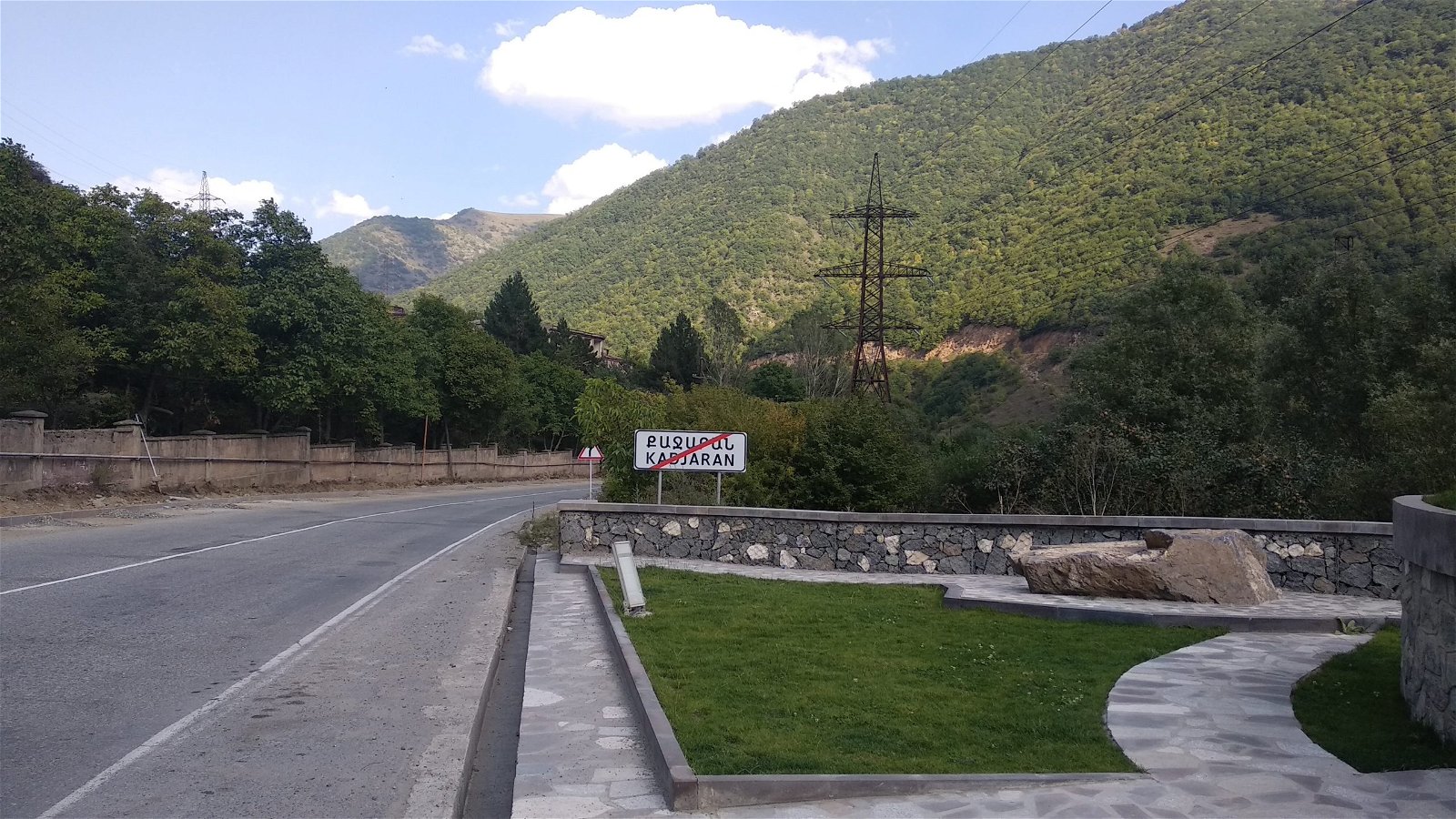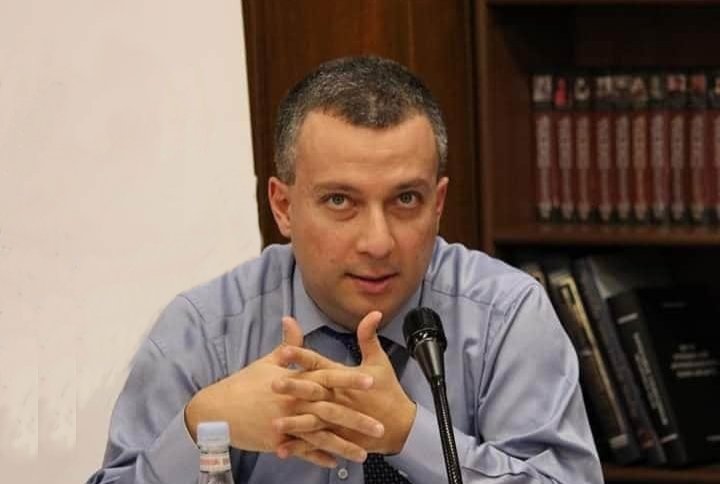
In mid-December 2020, Armenian PM Nikol Pashinyan ordered troops to withdraw to the territory of former Soviet Armenia in the Syunik province. This decision was made after the Armenian government reached an oral agreement with Azerbaijan. Interestingly, this decision violated Article 1 of the November 10, 2020, trilateral Armenia – Azerbaijan – Russia statement, according to which Armenian and Azerbaijani forces should stay in their positions held as of early morning November 10. As a result of this decision, up to a 21 kilometer section of the interstate Armenia–Iran highway passing from Goris to Kapan fell under Azerbaijani control, alongside some roads connecting several Armenian villages to Goris and Kapan. The Armenian PM stated that this was done to increase the security of Syunik province, as hopefully, after receiving all territories around Syunik that were part of Soviet Azerbaijan, the current Azerbaijani leadership would calm down and pursue a cooperative approach towards Armenia. Meanwhile, according to the Armenian government, both sides agreed that Azerbaijan would allow the free flow of Armenian cars from Goris to Kapan and vice versa without any passport or customs control.
However, this appeasement policy toward Azerbaijan did not work. On May 12-13, 2021, without any resistance, Azerbaijani troops encroached into Armenian territory in Syunik and Gegharkunik provinces, occupying approximately 60 square kilometers Later, President Aliyev stated that these territories are part of Azerbaijan, and therefore, Azerbaijani troops will not withdraw even a centimeter. Simultaneously, the Azerbaijani army launched subversive actions along different sections of the Armenia-Azerbaijan border, including in Yeraskh, located only 60 kilometers from Yerevan.
On August 25, 2021, Azerbaijan’s Armed Forces closed the Goris–Kapan highway, thus cutting off Armenia from Iran. After two days of negotiations they opened the road, but this is a clear sign that Azerbaijan has zero intentions of respecting oral agreements reached with Armenia in mid-December 2020. After the road reopening, many in Armenia hoped that the situation in Syunik would be normalized. However, after a few days, Azerbaijan established a police checkpoint along the highway and, since September 12, has started to check Iranian trucks and buses and charge money from drivers. The Armenian National Security Service stated that it would take steps alongside the Russian side to solve the issue, but nothing changed. On September 15, Azerbaijani police arrested two Iranian drivers who entered Artsakh, accusing them of illegally crossing the Azerbaijan border.
Currently, Syunik presents an interesting situation. It hosts armed forces and police units of three countries – Azerbaijan, Armenia and Russia. A traveler in Syunik may perceive that it is a contested area with a lack of understanding of which state is responsible for what. Armenian flags were followed by Russian, which then turned Azerbaijani before coming back to Armenian ones. At first, Armenia, Azerbaijan and Russia were mainly part of this spectacle; now Iran has been dragged in. The Iranian ambassador to Azerbaijan twice met Hikmet Hajiev, foreign relations assistant to President Aliyev, in recent days to better understand the reasons behind Azerbaijani actions against Iranian vehicles. It is not easy to decipher its motives, but Azerbaijan probably has several goals.
First of all, it wants to send a clear message to Armenia that it will do whatever it wants, and Armenia has no option but to keep silent and accept the facts. The statements of the Armenian government that Azerbaijan has established a police checkpoint along the Goris–Kaplan highway in its territory and therefore may do whatever it wants, indicate that Armenia accepts these rules. The second target is Iranian vehicles entering Artsakh. Azerbaijan sends a clear signal that it will not tolerate any Iranian vehicle entering Artsakh through the Lachin corridor by arresting two Iranian drivers. However, these are mainly tactical targets.
The strategic goal is to signal Iran and India that Armenian territory is not safe enough to be viewed as a potential alternative route for the North–South International Transport Corridor. Launched in 2002 by India, Iran and Russia, it envisages the transportation of goods between India and Northern Europe by the new route, avoiding the Red Sea, Suez Canal, and the Mediterranean. According to the initial plan, the goods should travel from Mumbai to the Iranian Bandar Abbas and Chabahar ports by sea, then by railway reach Iranian ports in the Caspian Sea, then to Russian port Astrakhan and further by railway to Northern Europe. Then, the Iran – Azerbaijan – Russia railway route emerged, which should directly connect Iranian Persian Gulf ports to Northern Europe via railroad. Azerbaijan connected its railway system with Iran reaching the Iranian town of Astara located near the Azerbaijan–Iran border. However, Iranian Astara lacks a railway connection to the Iranian internal network, and the missing Rasht–Astara line still waits for construction.
Meanwhile, another potential route for this corridor to connect India with Northern Europe circumventing the Suez Canal and the Mediterranean may pass via Iran, Armenia, Georgia, the Black Sea and Bulgaria. In 2016, these countries launched a dialogue to establish a “Persian Gulf–Black Sea” multimodal transportation corridor connecting Iran with Europe via Armenia, Georgia, the Black Sea, Bulgaria and Greece. The “Persian Gulf–Black Sea” route may fit quite well in the North–South International Corridor. There is no direct railway connection between Armenia and Iran, but the countries share a land border. Thus, goods may reach Georgian Black Sea ports via the Iran – Armenia – Georgia highway, which passes through the cities of Goris and Kapan in Armenia. Closing the Armenia–Iran international highway in the section of Goris–Kapan and then creating problems for Iranian vehicles, Azerbaijan seeks to delegitimize this potential alternative route for the North–South International Corridor. Meanwhile, Azerbaijan may push forward the Iran – Nakhichevan – Armenia – Georgia railway connection as another alternative route for the North–South corridor to link India with Europe via Iran, the Black Sea and Bulgaria. In this case, both wings of the North–South International Corridor will pass through Azerbaijan (Iran – Azerbaijan – Russia – Northern Europe and Iran – Azerbaijan – Armenia – Georgia – Black Sea – Bulgaria).
Regardless of Azerbaijan’s real intentions, the current mess in the Syunik province proves that hopes to secure Armenia through an appeasement policy towards Azerbaijan are unrealistic. The Armenian government made a strategic blunder by ceding parts of the Goris-Kapan highway to Azerbaijan. The permanent statements by Armenian leaders about the peace agenda and their intention to usher in an era of regional peace and prosperity are perceived as a sign of weakness and make Azerbaijan and Turkey more aggressive and bold.



Be the first to comment